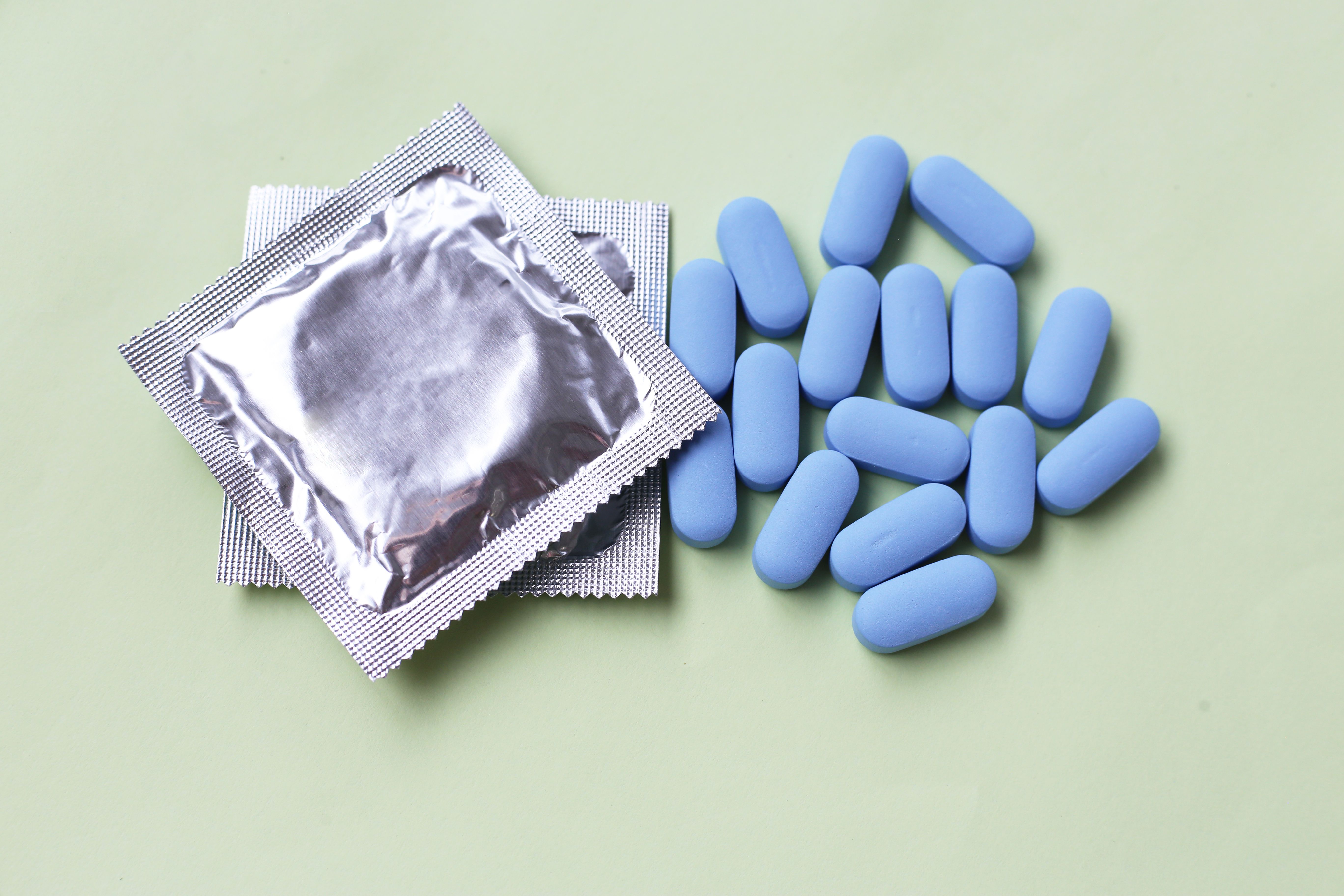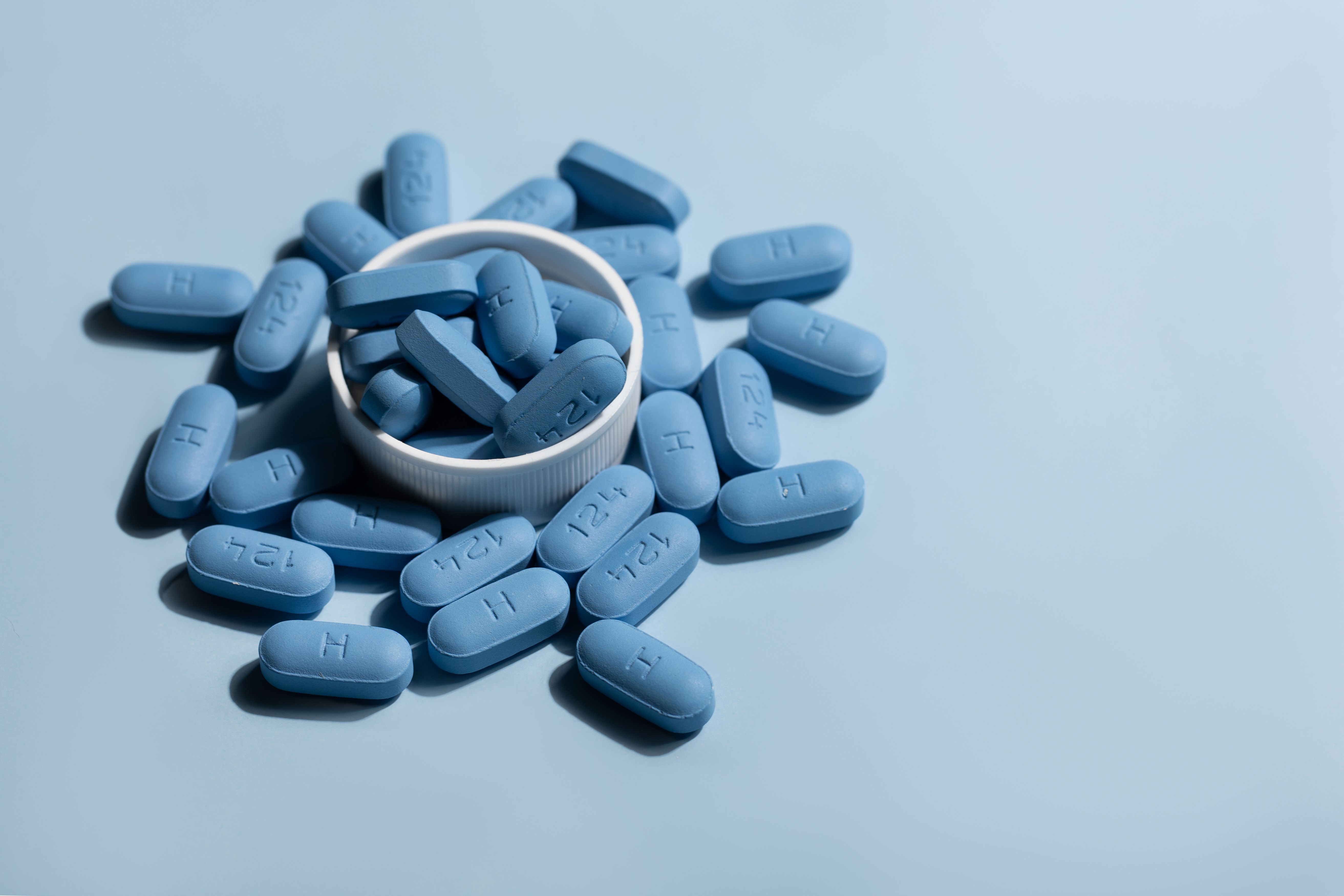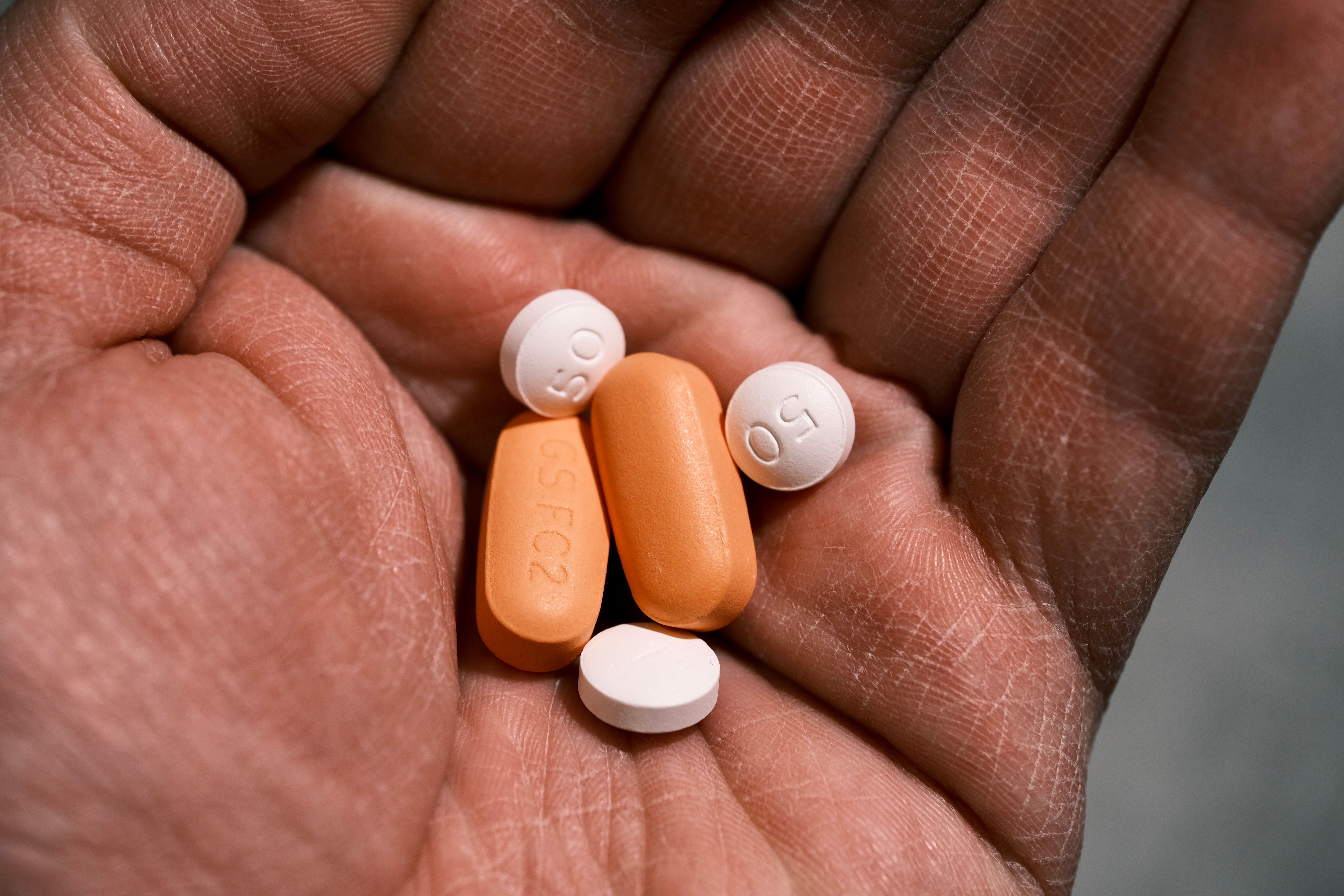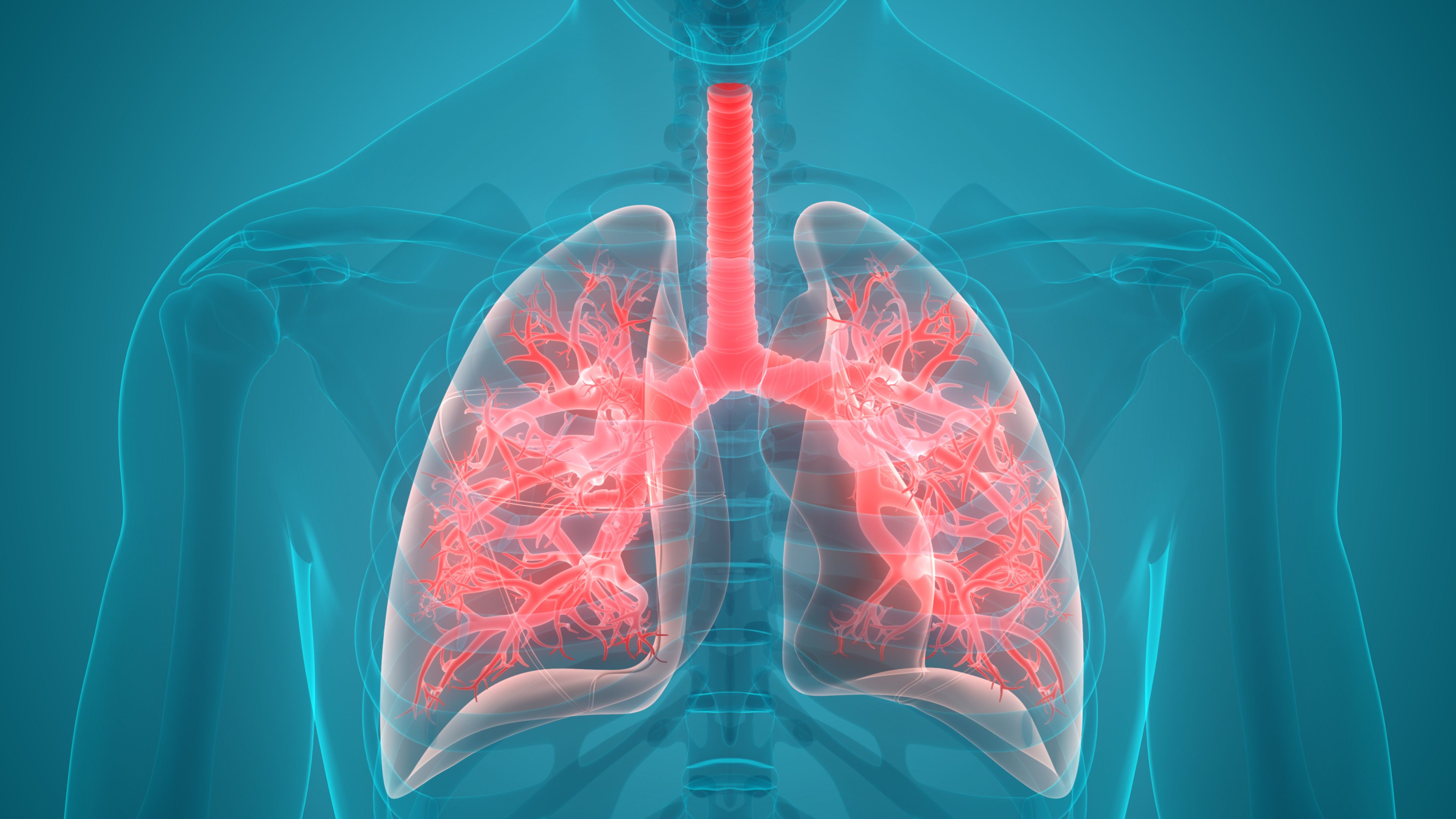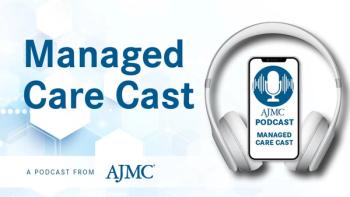
HIV
Latest News
Latest Videos

Podcasts
CME Content
More News

Researchers found more local pharmacies than facilities that prescribed pre-exposure prophylaxis (PrEP) in areas of high case load.

Opioids were more likely to be prescribed to Medicare beneficiaries living with HIV, which led to opioid use disorder (OUD).

Public health must address emotional and structural inequities, emphasizes Perry N. Halkitis, PhD, MS, MPH, dean of the Rutgers School of Public Health.
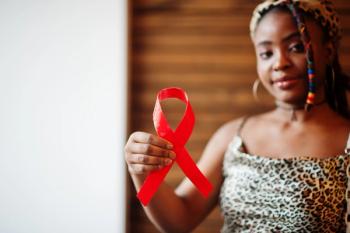
An epidemic resurgence is possible in Zambia should rapid restoration of HIV services not be conducted.

Despite higher burden of metabolic issues, individuals with HIV were not more metabolically ill.
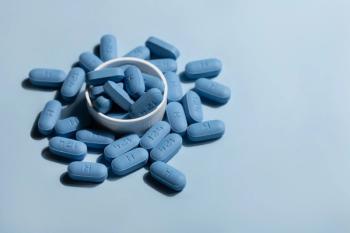
Net health care costs would also increase by billions of dollars should pre-exposure prophylaxis become less accessible.
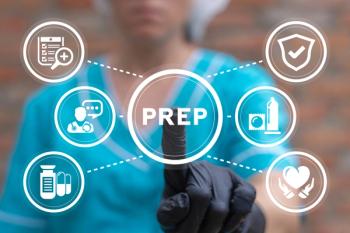
A reduction in HIV incidence is possible with more structured choices for pre-exposure and postexposure prophylaxis being offered to patients at risk of HIV.

Bone density was found to be lower in those diagnosed with HIV vs those who were HIV-negative.

Reducing the deferral period from 12 months to 3 months for those with high-risk behaviors did not increase the incidence of infectious diseases like HIV and hepatitis B appearing in donated blood.

New abstracts from the 26th International Workshop on Clinical Pharmacology of HIV, Hepatitis, and Other Antiviral Drugs 2025 found that ACC017 showed promise in its use as an antiretroviral therapy.
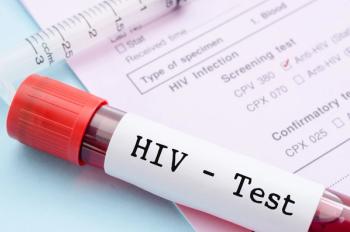
Patients had better linkage to care for HIV and HIV was more frequently diagnosed when it was tested alongside other sexually transmitted infections (STIs), such as chlamydia and gonorrhea.
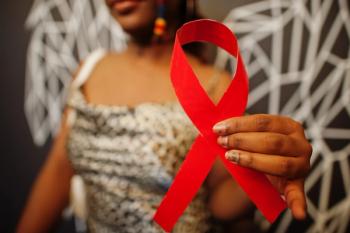
Women with HIV who were Hispanic, Haitian, or African American were more likely to adhere to antiretroviral therapy (ART) if they had culturally sensitive care.
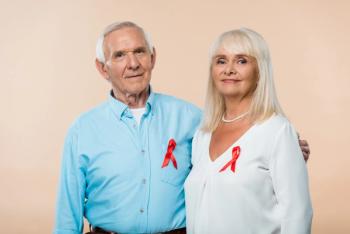
Older survivors of HIV require ethical safeguards and autonomy to feel comfortable participating in end-of-life research for a cure for HIV.

Couples that were made up of 2 transgender women were less likely to contract HIV compared with couples that were made up of a transgender woman and a cisgender man.

Young transgender adults had increased adherence to long-acting pre-exposure prophylaxis (PrEP) when adherence was confirmed via blood testing and incentives were delivered in cash.
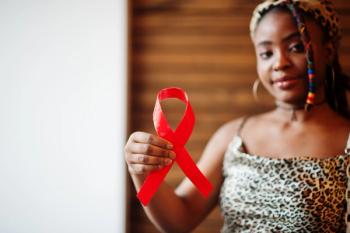
High stigma due to HIV was also associated with depression and drug use, making the reduction in stigma vital for improving the care of women with HIV.
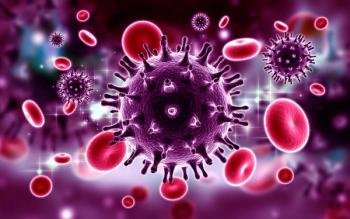
The clearance rates for those coinfected with HIV and hepatitis C virus (HCV) are still higher than those with HCV alone.

Patients with HIV had lower adherence to pre-exposure prophylaxis (PrEP) if they lived in areas with the lowest disadvantage.

Quality of life in people living with HIV was lower in those who had weight gain from adherence to antiretroviral therapy.
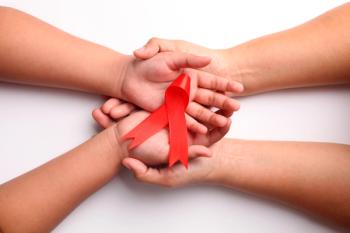
Mother-to-child transmission often led to pretreatment drug resistance and acquired drug resistance in children living with HIV.

A new study shows low rates of pre-exposure prophylaxis (PrEP) prescribing to sexual and gender minority individuals living in North Carolina, indicating barriers like stigma and a misperception of risk as reasons for not using PrEP.
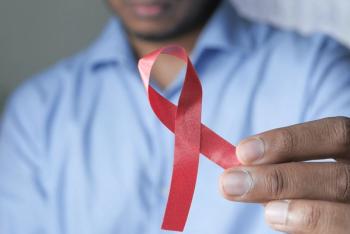
HIV care and its related outcomes in South Carolina were defined by racial disparities, specifically in retention in care, despite efforts to end the HIV epidemic.
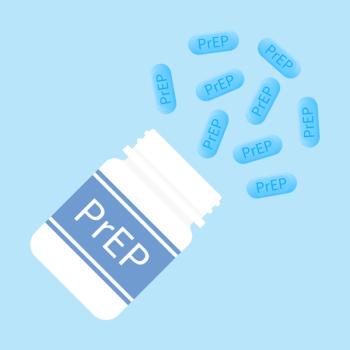
New data demonstrated that long-acting cabotegravir was preferable to daily dolutegravir/lamivudine in treatment-naive people living with HIV.

Significant demographic differences were found when evaluating the use of depression services in people living with HIV and depression.
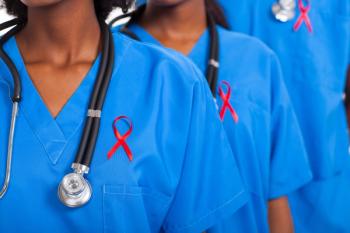
Countries in sub-Saharan Africa could see thousands of deaths from HIV due to cuts to the US President’s Emergency Plan for AIDS Relief (PEPFAR), underscoring the necessity of reinstating the program.

